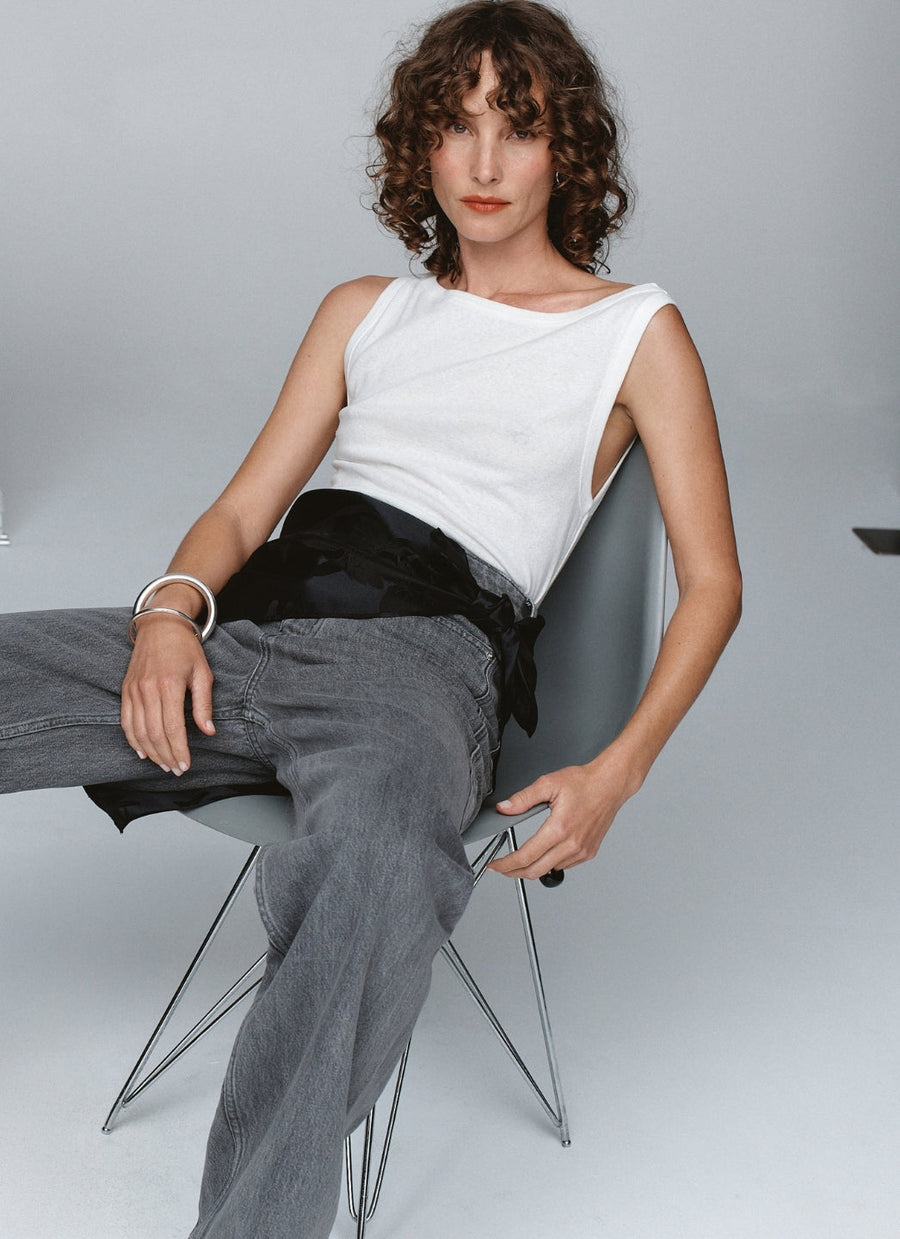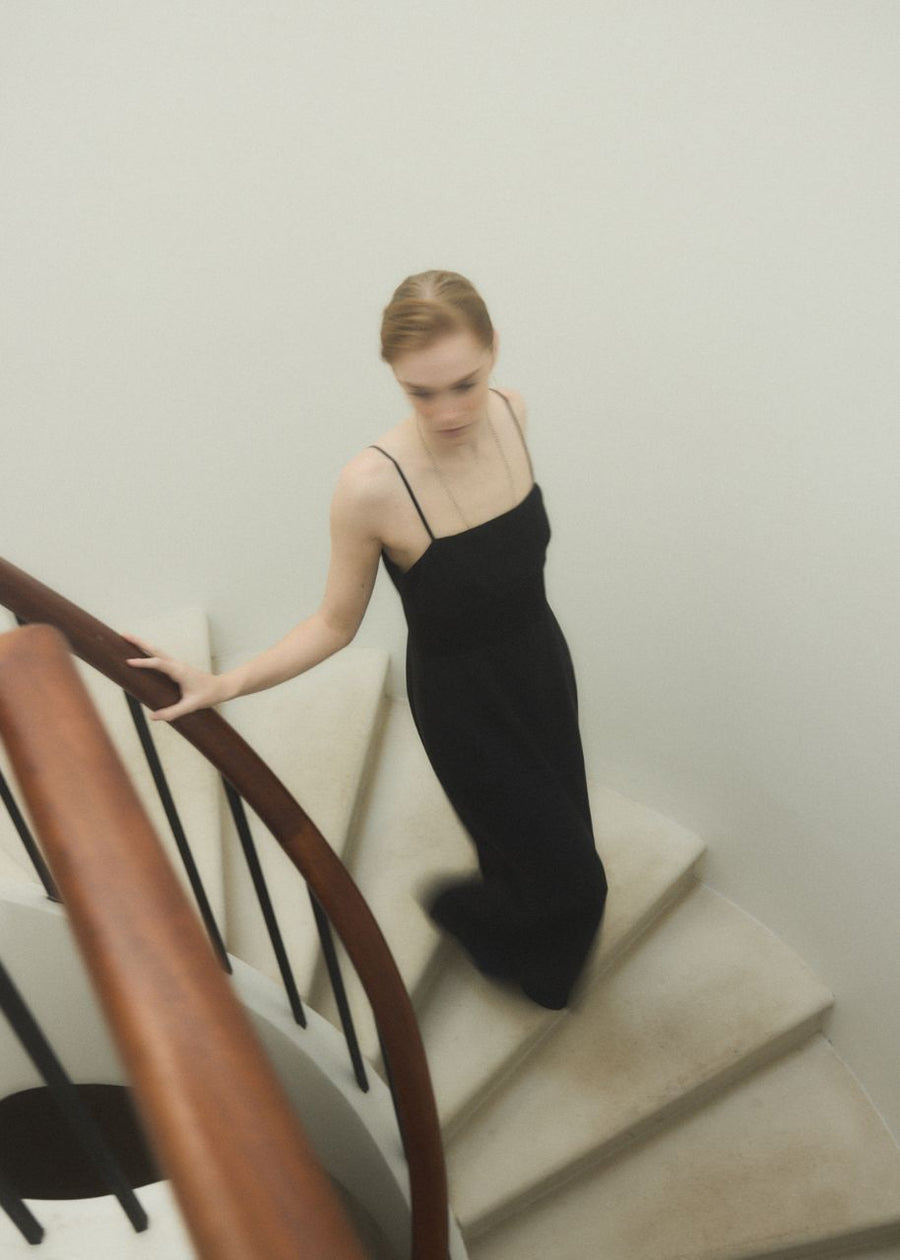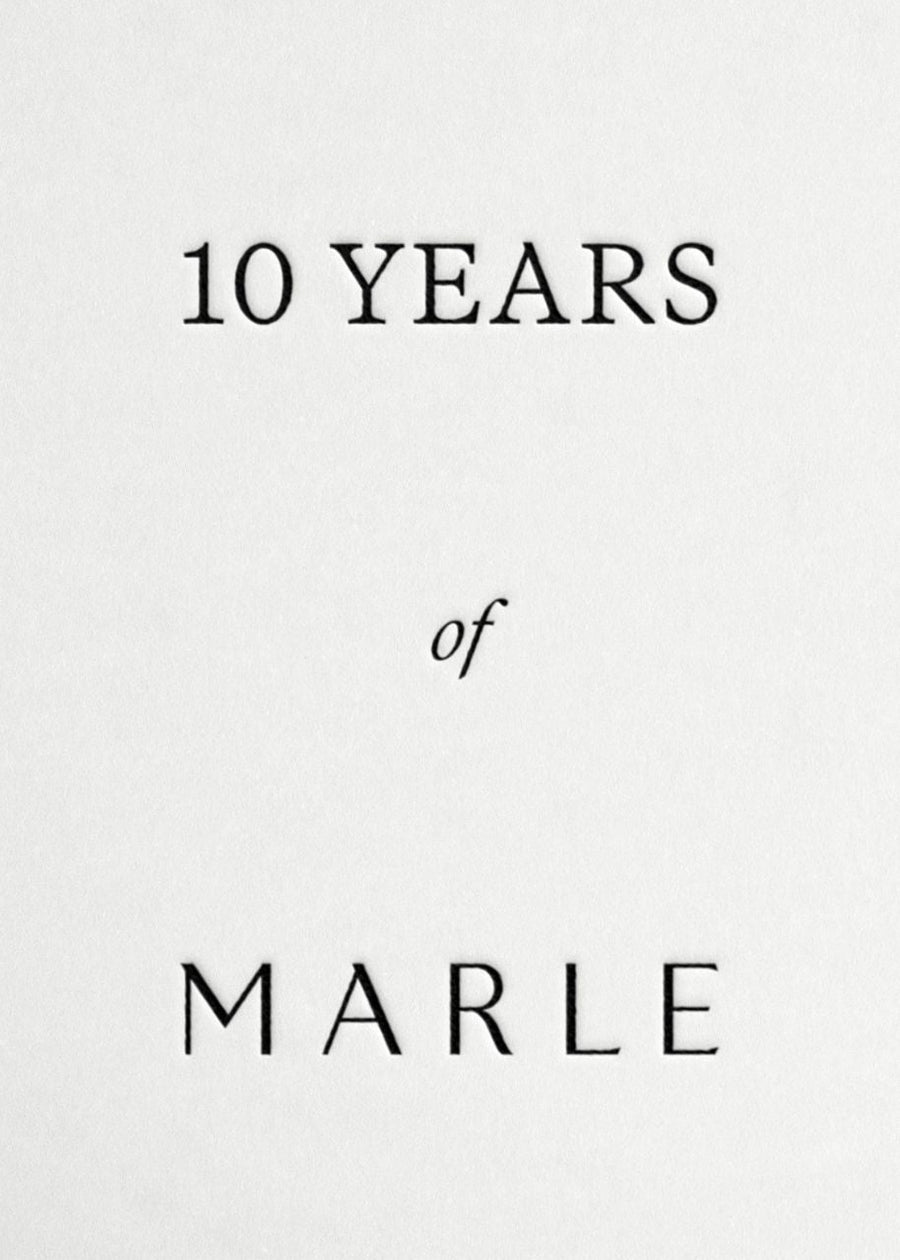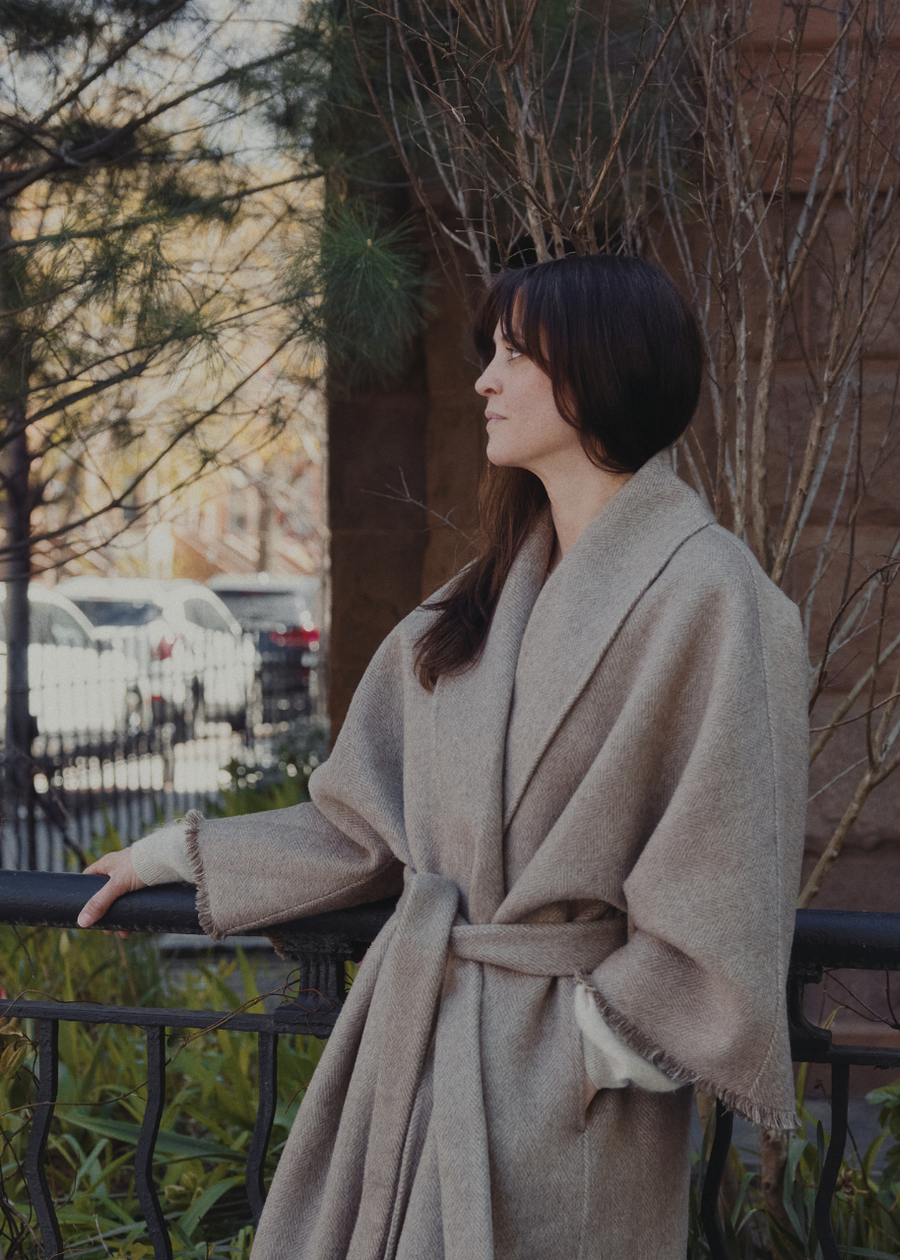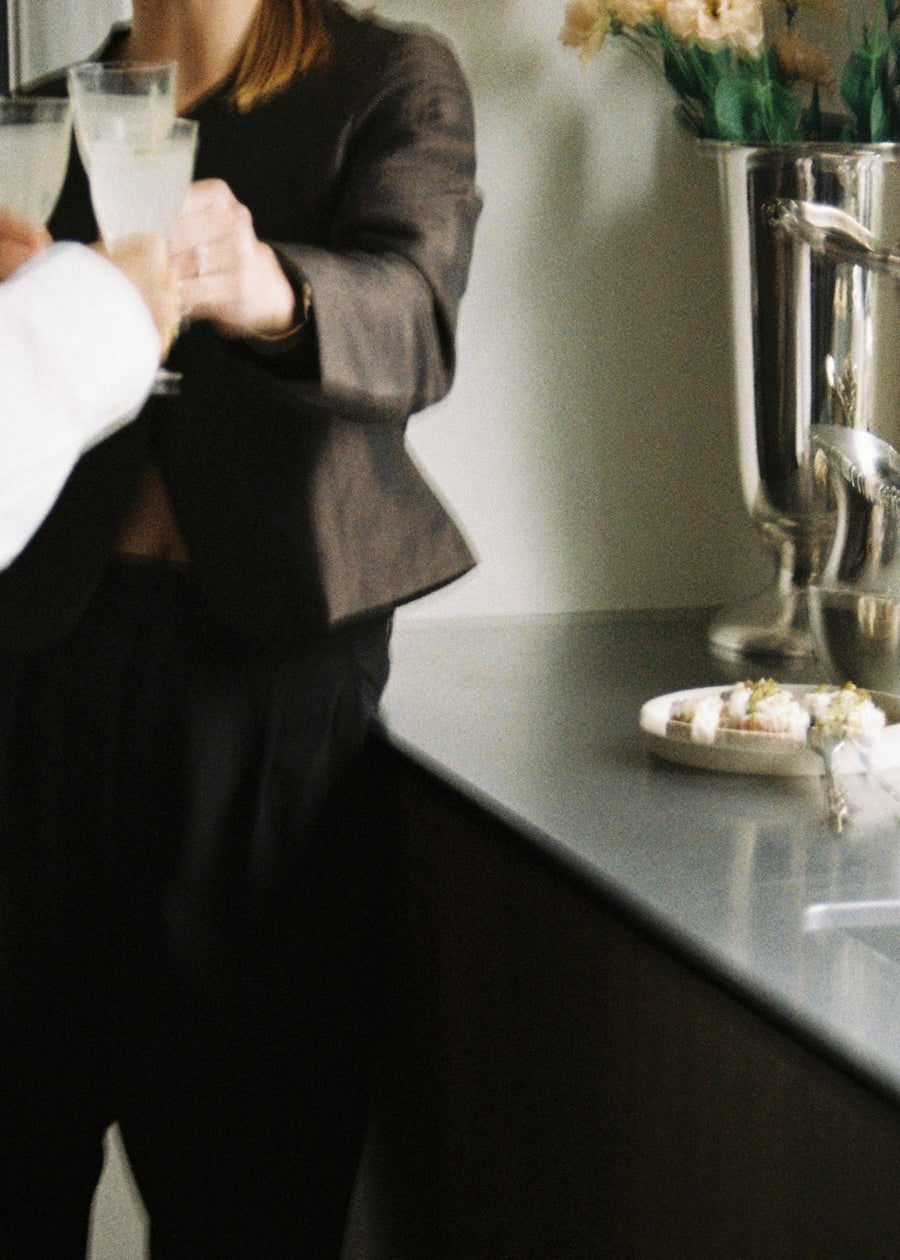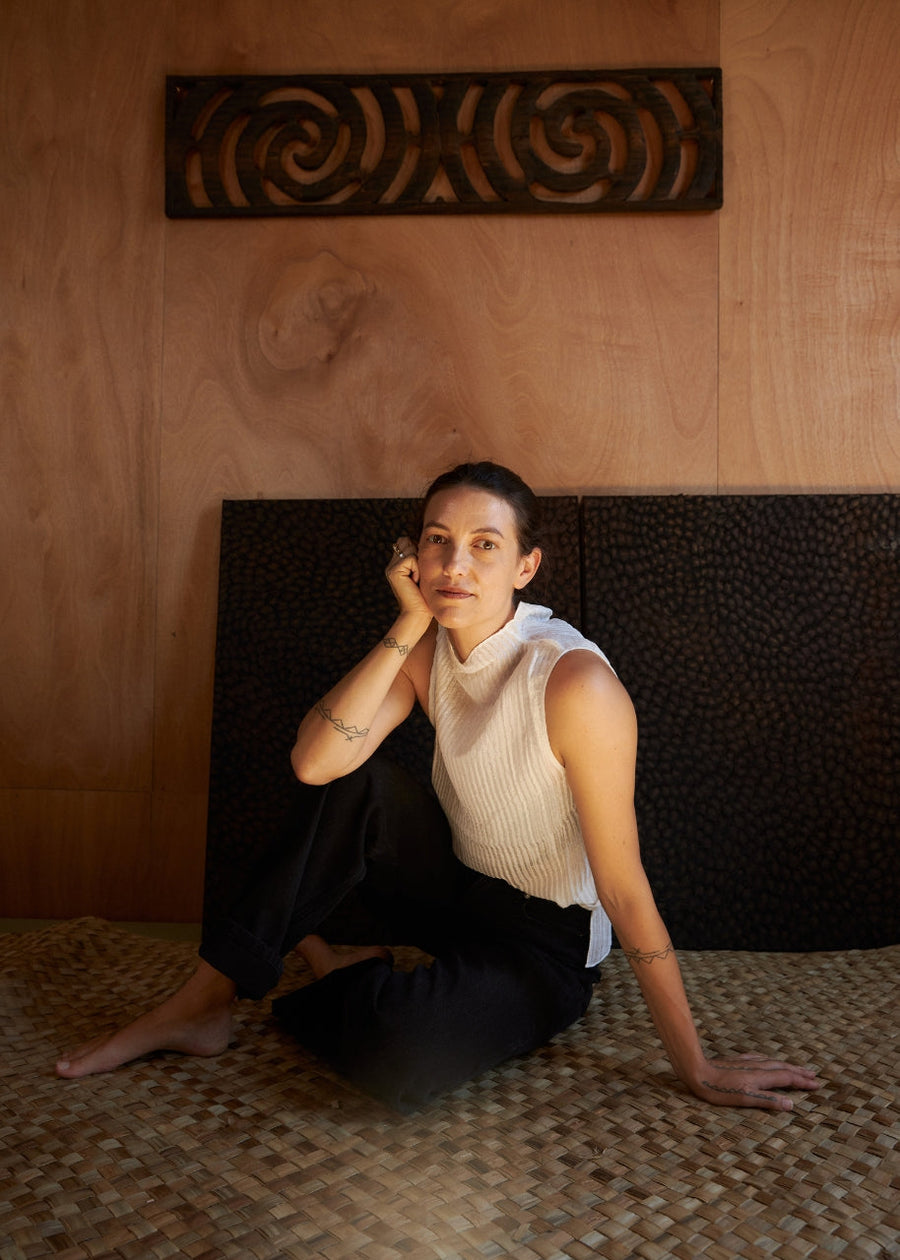
Kia ora Nikau, nō hea koe?
Kia ora! He uri ahau no te Hokianga Whakapau Karakia. Ko Ngāpuhi, ko Te Rarawa ngā iwi. Ko Ngai Tūpoto te hapū. Ko Ngahuia te wahine rangatira. My whakapapa Māori connects me to the beautiful body of water known as the Hokianga, in the far North. My iwi are Ngāpuhi and Te Rarawa. My hapū is Ngai Tūpoto. I come from the ancestress Ngahuia and I am a Harris on my father's side. On my mum’s side I am Swiss- French, Latvian Jew and Pākehā and my last name, Hindin, comes from my ancestors fleeing the Russian Revolution as Jews then moving through France to London.

Please share a little bit more about yourself, your upbringing and any defining moments that lead you to where you are today.
You’ve been practicing as a full time artist for less than three years and in that time, have exhibited in Japan, Paris, Canada, Nepal and New Zealand. How does it feel to do what you love?
 As an observer, the mana and the ngākau is so evident in your work. The practice of aute requires patience and your detailed star maps explore the Māori concepts of time and space – has your work always been inspired by mātauranga Māori or is this something that has become more evident over time?
As an observer, the mana and the ngākau is so evident in your work. The practice of aute requires patience and your detailed star maps explore the Māori concepts of time and space – has your work always been inspired by mātauranga Māori or is this something that has become more evident over time?
What do you hope people see, feel and think when they view your new show Manu Aute: Rere Runga Hau?
We’ve just installed at Season Gallery and it signals a transition in my practice as I begin to explore manu aute, kites made of aute. It reflects nine years of dreaming about making kites and it is exciting to finally arrive. My practice is about the revival of aute, Māori barkcloth and imagining a future where our culture is thriving. It is about bringing the past here and taking the present forward. I hope when people see my work they think about how our ancestors mastered plant technology. The transformation of bark to cloth continues to astound me. When making these kites the aute came together naturally as though it wanted to be folded and held together to catch wind.

At Marle, we start our design process first with the natural fibres and from there, we form our design brief and draw what the garment might end up like. Talk us through your process.
The art of aute leans into the concept of slow and conscious living, a value we hold dearly at Marle. How do you invite consciousness into your everyday?

How would you describe your personal style and how has this evolved over the years?
Marle is designed to add effortless ease to a woman’s wardrobe, how does Marle support you through your days? How does wearing Marle make you feel?
|
What is your most treasured object and why? Probably my whale tooth hei tiki that I wear around my neck everyday. It was carved by my teacher Rangi Kipa, he is, in my opinion, the best carver in Aotearoa. It reminds me to always strive for excellence, because that is what toi Māori is. The pursuit of the highest level of mastery.
Favourite home cooked meal? I love fish, caught by my dad, fried with lots of butter. I also love rock oysters in the winter from the Hokianga. Favourite thing to wear? Possum merino anything. So cosy, soft and breathes! Also my Marle Loretta singlet! I haven’t taken it off!
Your non-negotiable daily rituals? I walk my dog - every morning around 7am, then I have a delicious coffee at home and get started on my mahi. I work until I have to walk my dog in the evening!
Spring/Summer or Autumn/Winter? SPRING/SUMMER!
|
Nikau Wears

Manu Aute: Rere Runga Hau, an exhibition of new works that grows out of Te Uru Aute, an apprenticeship programme with Nikau's teina Rongomai Grbic-Hoskins is now open at Seasons Aotearoa until 19 November, 2022.
Photography by Holly Sarah Burgess


